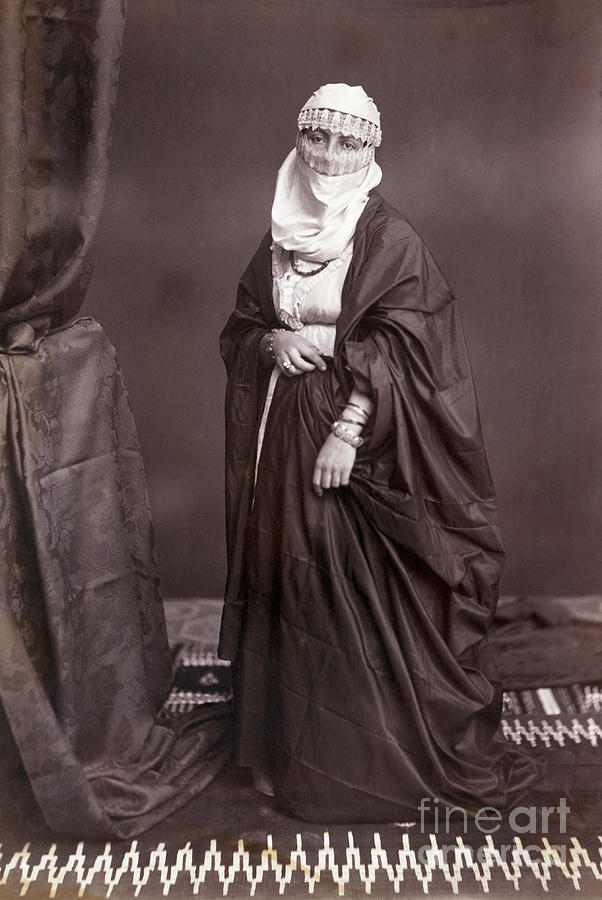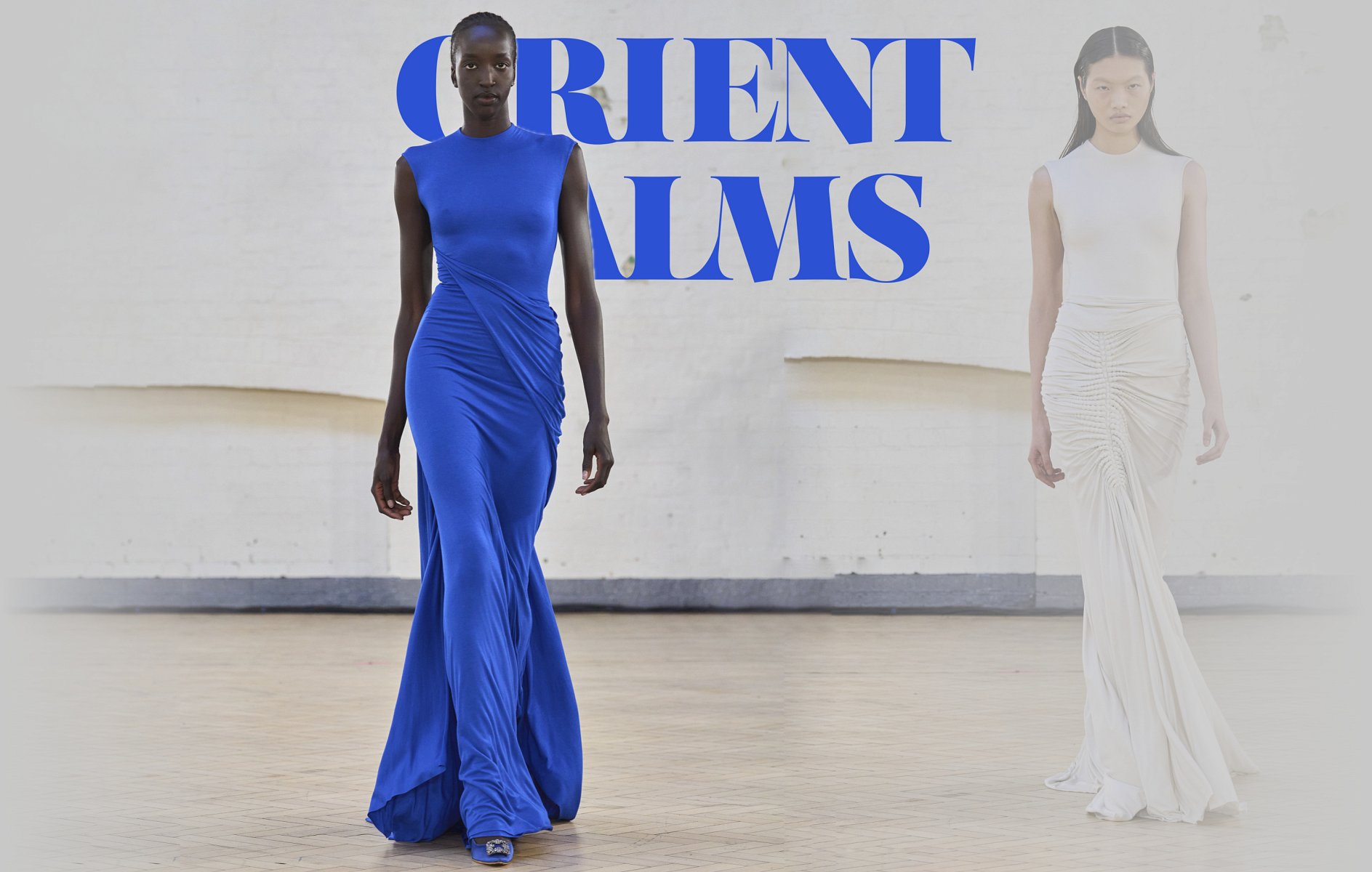Discover Standard and Modern Eastern Wear Pakistan Collections Online
Discover Standard and Modern Eastern Wear Pakistan Collections Online
Blog Article
Unlock the Tricks of Timeless Eastern Wear
Exploring the enigmatic world of ageless Eastern wear looks into a realm where society, creativity, and background merge to develop garments that go beyond simple material and thread. The elaborate tapestry of practice interwoven with modern aspects offers a peek into a world where every stitch narrates, every concept a sign of significance. Introducing the secrets behind these creations introduces a tapestry of heritage waiting to be unwinded, inviting one to journey through the ethereal elegance and aura of Eastern style.
Background of Eastern Fashion
The background of Eastern style dates back centuries, showing the rich social heritage and practices of varied regions across Asia. Each area flaunts its unique designs, textiles, and layouts that have been influenced by elements like climate, religious beliefs, social standing, and profession courses. eastern wear pakistan. The intricate silk garments of China symbolize beauty and sophistication, while the vibrant saris of India display a kaleidoscope of shades and patterns.
In Japan, the bathrobe has actually been a sign of practice and improvement for generations, with different styles used for various events. The hanbok in Korea represents the nation's ingrained personalizeds and is still put on throughout vital ceremonies. The background of Eastern style is a tapestry of technology and tradition, mixing ancient methods with modern-day influences to create a dynamic and ever-evolving sector. Comprehending the beginnings of these iconic garments supplies insight into the social importance and workmanship that remain to influence contemporary developers worldwide.
Value of Traditional Clothing
Standard clothes functions as a social emblem, embodying the worths, beliefs, and heritage of neighborhoods in Eastern cultures. eastern wear pakistan. These garments are not just items of textile but are symbolic representations of the abundant background and practices gave via generations. In Eastern societies, standard clothing plays a considerable function in ceremonies, festivals, and every day life, showing the social status, regional associations, and also marital status of individuals
The importance of standard clothing surpasses looks; it is a way for individuals to connect with their roots and reveal satisfaction in their social identity. Each garment, from the elaborate sarees of India to the moving hanboks of Korea, brings with it a narrative of craftsmanship, importance, and meaning that is deeply deep-rooted in the fabric of culture.
In addition, standard outfit functions as an aesthetic language, communicating tales of durability, triumph, and unity. By using these garments, individuals not only honor their heritage but additionally contribute to the conservation and event of their cultural heritage.
Evolution of Eastern Embroideries
Eastern needleworks have a rich history that covers centuries and have continually evolved to integrate varied social influences and respond to moving imaginative trends. The evolution of Eastern embroideries can be mapped back to old worlds where complex layouts were hand-stitched onto fabrics using conventional methods.

Today, Eastern embroideries remain to evolve, blending typical craftsmanship with modern-day design perceptiveness to produce ageless pieces that celebrate the charm of multiculturalism and creative advancement.
Luxurious Fabrics in Eastern Wear
Extravagant fabrics play a critical role in raising the visual charm and high quality of Eastern wear, enhancing the total attraction and class of standard garments. Eastern wear is renowned for its luxurious fabrics that not only reflect the area's rich cultural heritage yet likewise signify sophistication and elegance.
Along with silk, fabrics like velvet, brocade, and chiffon are likewise typically included in Eastern wear. Velvet brings a stately and plush feel to standard ensembles, while brocade, with its metal threads and intricate patterns, adds a touch of magnificence. Chiffon, on the other hand, is favored for its lightweight and ventilated top qualities, making it a preferred choice for streaming shapes and delicate decorations. These luxurious materials not just raise the visual charm of Eastern wear yet also guarantee a feeling of improvement and sophistication that transcends time.
Incorporating Eastern Style Today
In modern style landscapes, the assimilation of Eastern affects provides an unified fusion of cultural heritage and modern visual appeals. Designers and style enthusiasts alike are welcoming the rich tapestry of Eastern style, integrating traditional elements right into contemporary silhouettes and styles. From complex embroidery to dynamic colors and extravagant textiles, Eastern style today offers a diverse series of alternatives that deal with a worldwide audience.
One way important source Eastern fashion is making its mark in contemporary wardrobes is with the adjustment of standard garments such look at this now as the robe, saree, or qipao right into daily wear. These items, once booked for special occasions, page are now reimagined in even more laid-back types, enabling for their incorporation into day-to-day fashion selections. In addition, making use of conventional patterns and motifs in Western-style garments includes a touch of unique beauty to modern-day clothing.

Final Thought
Finally, checking out the abundant background, value, and evolution of Eastern fashion unveils an ingrained connection to heritage and worths. The lavish fabrics and detailed needleworks of Eastern wear showcase the adaptability and timelessness of standard styles. Incorporating Eastern influences in modern fashion enables a blend of custom and advancement, creating an unified balance in between the past and the here and now.
Extravagant textiles play a crucial function in boosting the visual charm and quality of Eastern wear, improving the overall attraction and refinement of standard garments. Designers and style fanatics alike are welcoming the rich tapestry of Eastern fashion, including conventional components into contemporary shapes and styles. From intricate needlework to elegant textiles and dynamic shades, Eastern fashion today provides a diverse range of choices that cater to an international target market.
One method Eastern style is making its mark in contemporary closets is with the adjustment of traditional garments such as the robe, saree, or qipao right into everyday wear. The lavish fabrics and elaborate embroideries of Eastern use display the adaptability and timelessness of conventional styles.
Report this page